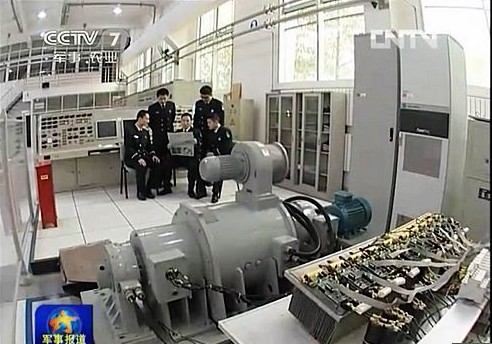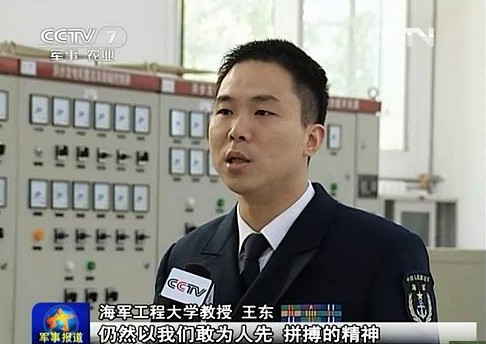I think your statement is misrepresenting the causative nature of events and outcome. Rumours eventually became outcomes not because they are filtered but because actual events itself will generate rumours and filtering is an attempt to differentiate actual events from fabrication. In other words, no amount of filtering will bring to pass fabricated events.
The point is if you make enough prediction on which mud will stick, eventually some will eventuate according to prediction. Such a result doesn't mean the mud prediction method is sound.
My point is that the goal of filtering is to identify the more potentially credible rumours which like you said are reflective of actual events.
I'm obviously not suggesting that filtering of rumours somehow means the ones we choose end up becoming real.
The nature of professional judgement is exercised based on some grounded methodology and are not rumour based. I am not saying that they are not relevant as a source that may warrant further investigation but no respectable defence intelligence will base judgement on rumours only. As such, assessments will always lag because evidence needs to be corroborated. It boils down to accountability. Unfortunately in forums, people can say all kinds of things without real accountability other than maybe getting ban.
Let's put it another way -- I find it interesting/confusing that they had not attempted to try and apply scientific and critical analysis methodology to rumours... and they can be openly acknowledged as rumours that had passed through their own professional filtering as well.
In fact, of the mainstream western defence commentators only Richard Fisher has consistently done what I've described.
Getting back to the subject on carrier 02 and steam vs EMAL, if I understand the issue correctly, the rumour is that the final design is subject to modification should the EMAL option be adopted. Given the long planning cycle associated with carrier development, why wouldn't the steam vs. EMAL option be a carrier 03 design consideration? What factors are in play that makes it a carrier 02 consideration and not for a subsequent design adoption?
Excellent question.
The way I understand it, is that up until recently, 002 (or at least the first 002 ship) was generally accepted to be using steam catapults, and certain elements in the military was more keen on the steam catapults. However, two things caused that plan to change:
1: Rear Admiral Ma (the technical admiral involved in developing a variety of new technologies for the Navy, including EM cats, IEPS, and railguns) was able to demonstrate EM cats to a successful degree
2: some of the high brass in the military who had preferred steam cats and blocked EM catapults were rumoured to have fallen from grace due to corruption charges
Those two factors made EM cats a more viable contender.
Beyond that, we also highly suspect/expect/know that the EM cat and steam cat will be undergoing a competition of some sort, and recent credible rumours have also strongly suggested 002's construction may be undergoing some major change and delay.
Therefore, putting all those together, the major consensus and conclusion that has been forming is that the 002's supposed major delay is related to the catapult competition.
[Now, I appreciate that you and some others may not look very kindly towards rumours, however I'm calling these as I see them and applying my own experience in judging and weighing the possibilities, so take my judgements as you want.]
As to why the Navy may be willing to accept a delay in 002's construction for EM catapult vs steam catapult...
There are a few reasons which together could make it a sensible proposition:
1: 002's design process would have definitely lasted years, but if they had designed 002 with the idea of eventually replacing their steam cats with EM cats later on in its life, then it may be a "relatively" easy (but still major) redesign to replace 002 vessel one's steam cats with EM cats with only a delay of a few years.
2: related to point 1, delaying the construction of 002 by a few years may not be as major of an issue depending on what stage of the design/fabrication process they are at. If they had already begun assembling the modules with much of the design and construction already frozen then it may be untenable to modify the design and hull for EM cats. But if they had yet to fabricate anything and were waiting for the Navy's go ahead to begin with, then delaying fabrication for a couple of years may not be as major of an issue.
3: if the Navy did buy steam cats, they would likely end up operating it for quite a long time on the ships that operated it, namely 002 vessel one (let's call it CV-18). If they committed to steam cats for CV-18 alone, that would require a substantial support infrastructure for steam cats which would only operate on one or possibly two aircraft carriers, despite the fact that EM cats will definitely replace steam cats on later carriers as the longer term catapult type. Therefore, they might be able to have substantial cost savings if a competition between EM cats and steam cats proves that EM cats are able to meet standards "earlier" than previously thought, and essentially skips the need to invest in steam cat production and a support and maintenance capability for steam cats.
4: performance. As said above in point 2, EM cats are definitely the way of the future, and can offer substantial improvements in performance. The Navy may well be willing to accept a couple years of delay of receiving their first CATOBAR carrier if it means that CATOBAR carrier has a substantially more capable/flexible catapult than what they may otherwise receive if CV-18 was delivered a couple of years earlier.
Those are the major reasons I can come up with, there may be more. I also want to emphasize that the four points above are meant to all operate in conjunction with each other, because obviously any single one point alone is not sufficiently convincing to make the rumours of 002 delaying construction for the catapult competition sensible.




